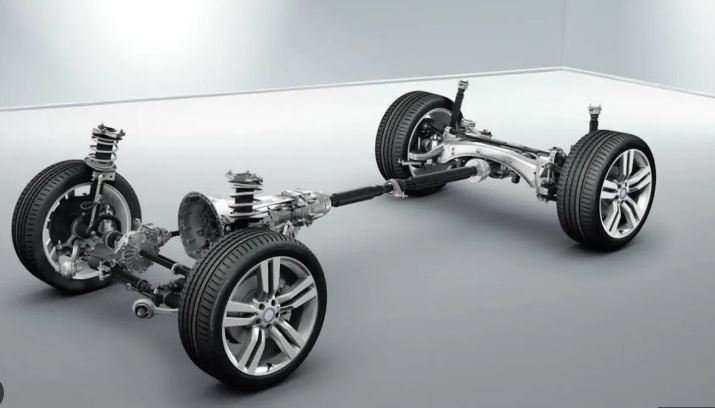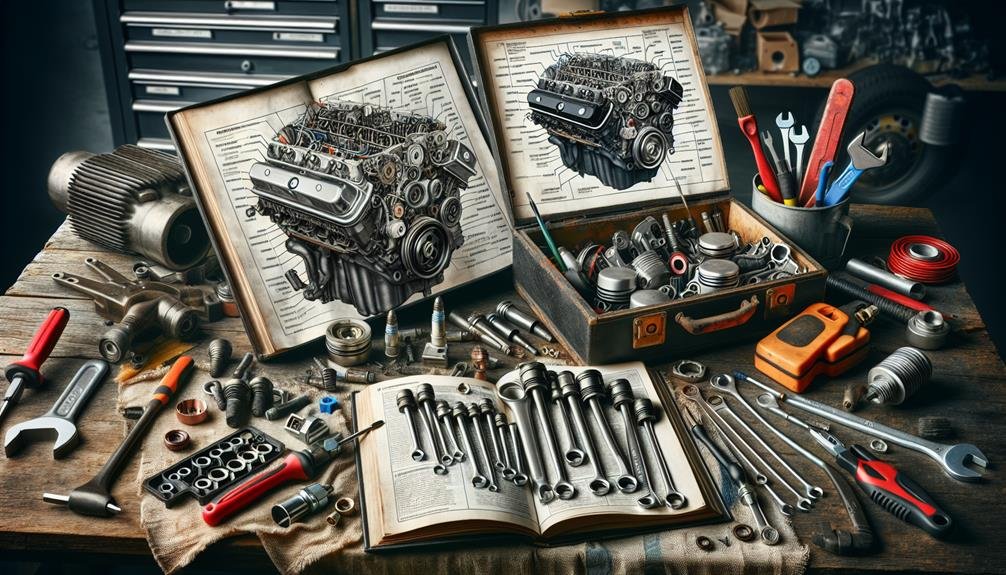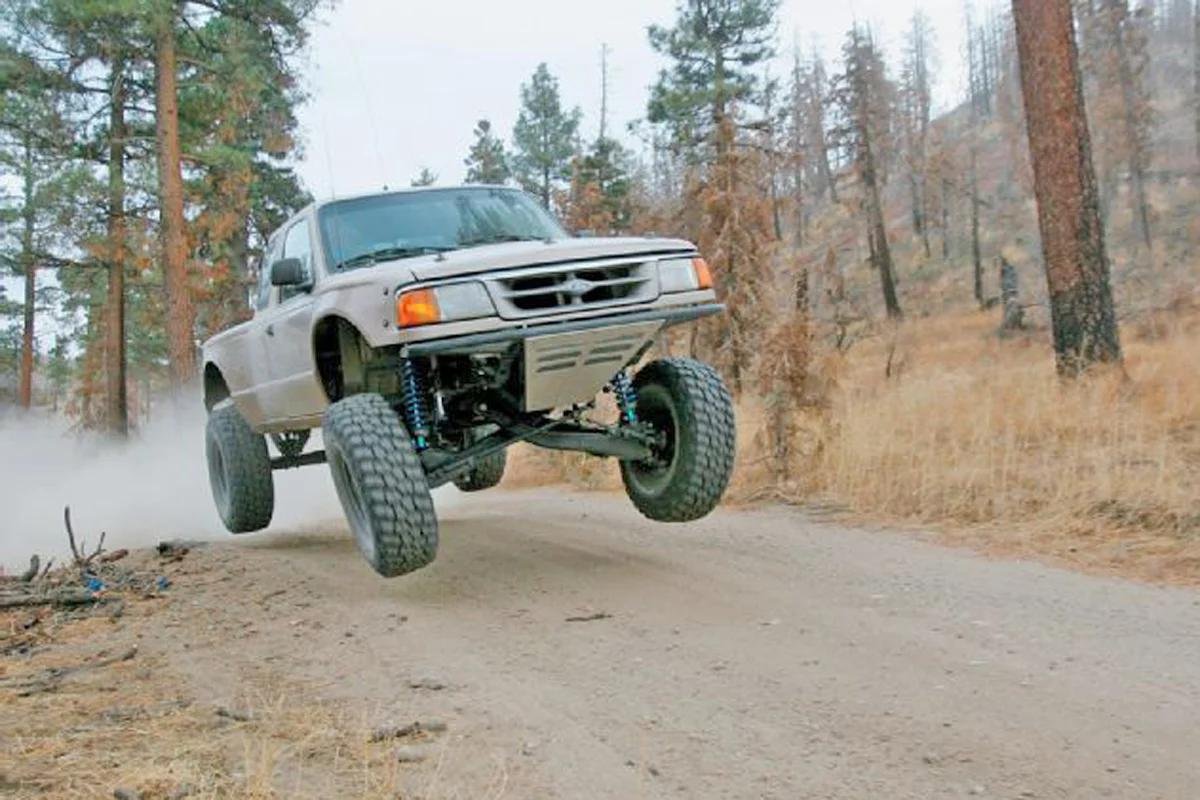Suspension systems play a vital role in your vehicle’s overall performance, safety, and comfort. They are designed to support the vehicle’s weight, absorb shocks, and maintain tire contact with the road. Understanding how suspension systems work and their various components can help you make informed decisions about maintenance and upgrades. This guide explores the key aspects of suspension systems, their types, and their benefits.

1. Purpose of Suspension Systems
Suspension systems are essential for ensuring a smooth and stable ride. They absorb shocks and vibrations caused by uneven road surfaces, providing comfort for passengers and improving vehicle control. By maintaining tire contact with the road, suspension systems also enhance traction and handling, contributing to overall driving safety.
2. Key Components
The main components of a suspension system include the shocks or struts, springs, control arms, and anti-sway bars. Shocks or struts dampen the impact of road irregularities, while springs support the vehicle’s weight and absorb energy. Control arms connect the wheel assembly to the vehicle’s frame, and anti-sway bars reduce body roll during cornering.
3. Types of Suspension Systems
Several types of suspension systems are used in vehicles, each offering different benefits and characteristics:
- Independent Suspension: Each wheel moves independently of the others, providing better ride quality and handling. Commonly used in modern vehicles, independent suspension systems improve comfort and performance.
- Dependent Suspension: Also known as a solid axle, this system connects the wheels together, which can impact ride quality but offers durability and strength for off-road or heavy-duty applications.
- MacPherson Strut: A popular type of independent suspension that combines the shock absorber and spring into a single unit. It is space-efficient and commonly used in front suspensions.
- Double Wishbone: This system uses two control arms to connect each wheel to the vehicle’s frame. It offers better handling and ride quality compared to dependent systems and is often used in performance vehicles.
4. Benefits of Upgrading Suspension
Upgrading your suspension system can offer several benefits, including improved handling, enhanced ride comfort, and increased vehicle stability. Performance upgrades, such as high-quality shocks and struts, can provide better control and responsiveness, making your vehicle more enjoyable to drive. Additionally, upgraded suspension components can handle more demanding driving conditions and provide better support for modifications such as larger wheels or off-road tires.
5. Maintenance and Inspection
Regular maintenance and inspection of your suspension system are crucial for ensuring optimal performance and safety. Key maintenance tasks include checking and replacing worn shocks or struts, inspecting springs for damage, and ensuring that control arms and bushings are in good condition. Regular alignment checks are also important to prevent uneven tire wear and maintain proper handling.
6. Signs of Suspension Problems
Several signs may indicate issues with your suspension system. These include excessive bouncing, uneven tire wear, a rough ride, or difficulty handling and steering. If you notice any of these symptoms, it’s important to have your suspension system inspected and repaired promptly to avoid further damage and ensure safe driving.
7. Impact on Vehicle Handling
The suspension system significantly affects vehicle handling and stability. A well-maintained suspension system provides better cornering ability, reduces body roll, and improves overall control. Conversely, a worn or damaged suspension system can lead to poor handling, increased stopping distances, and reduced driver confidence.
8. Upgrading for Specific Needs
When considering a suspension upgrade, think about your driving needs and conditions. For off-road enthusiasts, upgrading to heavy-duty shocks and springs can improve durability and performance on rough terrain. For performance driving, enhanced sway bars and coilovers can offer better handling and ride quality.
9. Cost Considerations
The cost of upgrading or repairing a suspension system can vary based on the type of suspension, the quality of components, and labor costs. While higher-quality parts and professional installation may come with a higher price tag, they can offer long-term benefits in terms of performance, safety, and comfort.
10. Conclusion
Understanding and maintaining your vehicle’s suspension system is crucial for ensuring a smooth, safe, and enjoyable driving experience. Regular inspections, timely repairs, and thoughtful upgrades can enhance handling, comfort, and overall vehicle performance. By keeping your suspension system in top condition, you contribute to your vehicle’s longevity and your own driving satisfaction.




